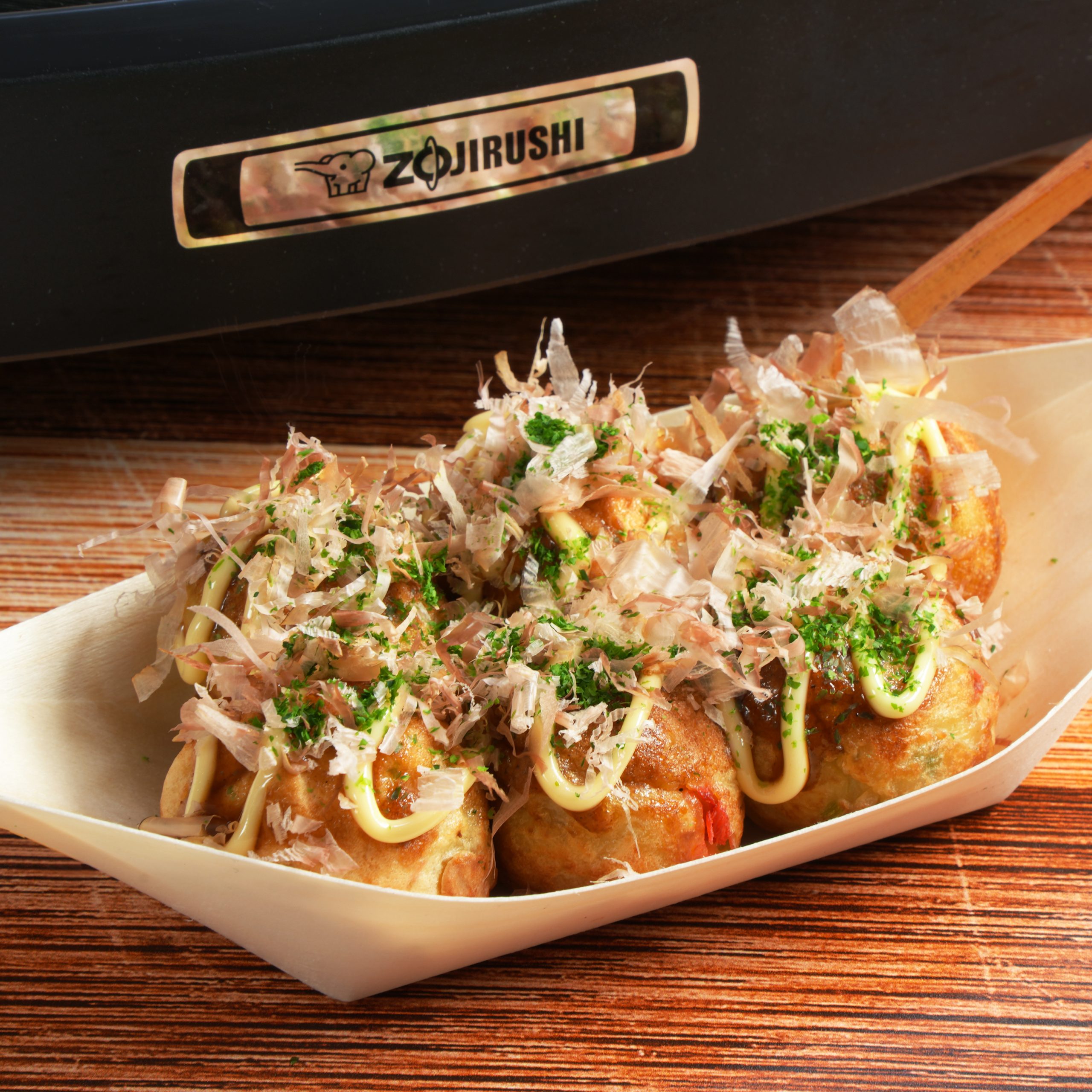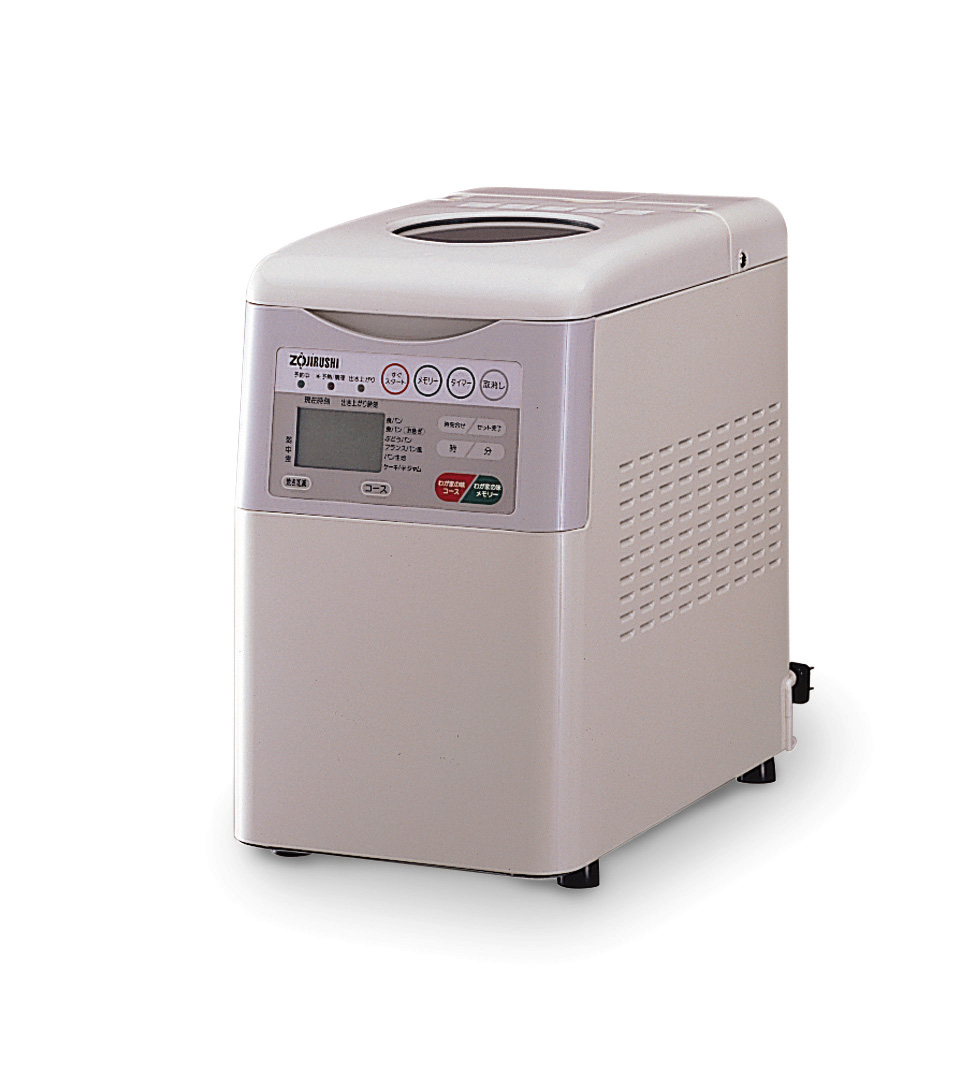Tag: foodie

Creative Ways to Use Your Zojirushi Takoyaki Plate
Read more: Creative Ways to Use Your Zojirushi Takoyaki PlateThe Zojirushi Takoyaki Plate EA-YBC01 is an incredibly versatile tool that goes far beyond its…

Zojirushi’s First Breadmaker and Beyond
Read more: Zojirushi’s First Breadmaker and BeyondThe Evolution of Homemade Bread with Zojirushi Breadmakers In 1987, Zojirushi changed home baking with…

Tips to Cook Rice Perfectly
Read more: Tips to Cook Rice PerfectlyAt Zojirushi, we test enormous amounts of rice every year to perfect our rice cooking…

You Love Your Rice Cooker. Now, Here’s Everything You Need to Know About Rice.
Read more: You Love Your Rice Cooker. Now, Here’s Everything You Need to Know About Rice.Zojirushi has been making rice cookers for nearly 40 years, so we like to consider…

Tonjiru: Japanese Pork & Vegetable Miso Soup
Read more: Tonjiru: Japanese Pork & Vegetable Miso SoupWe all may be familiar with miso soup, but tonjiru is a classic type of miso soup…

Mom’s Home Cooking: ポテトサラダ (Japanese Potato Salad)
Read more: Mom’s Home Cooking: ポテトサラダ (Japanese Potato Salad)When you think of Japan, you may not think of side dishes like potato salad…




